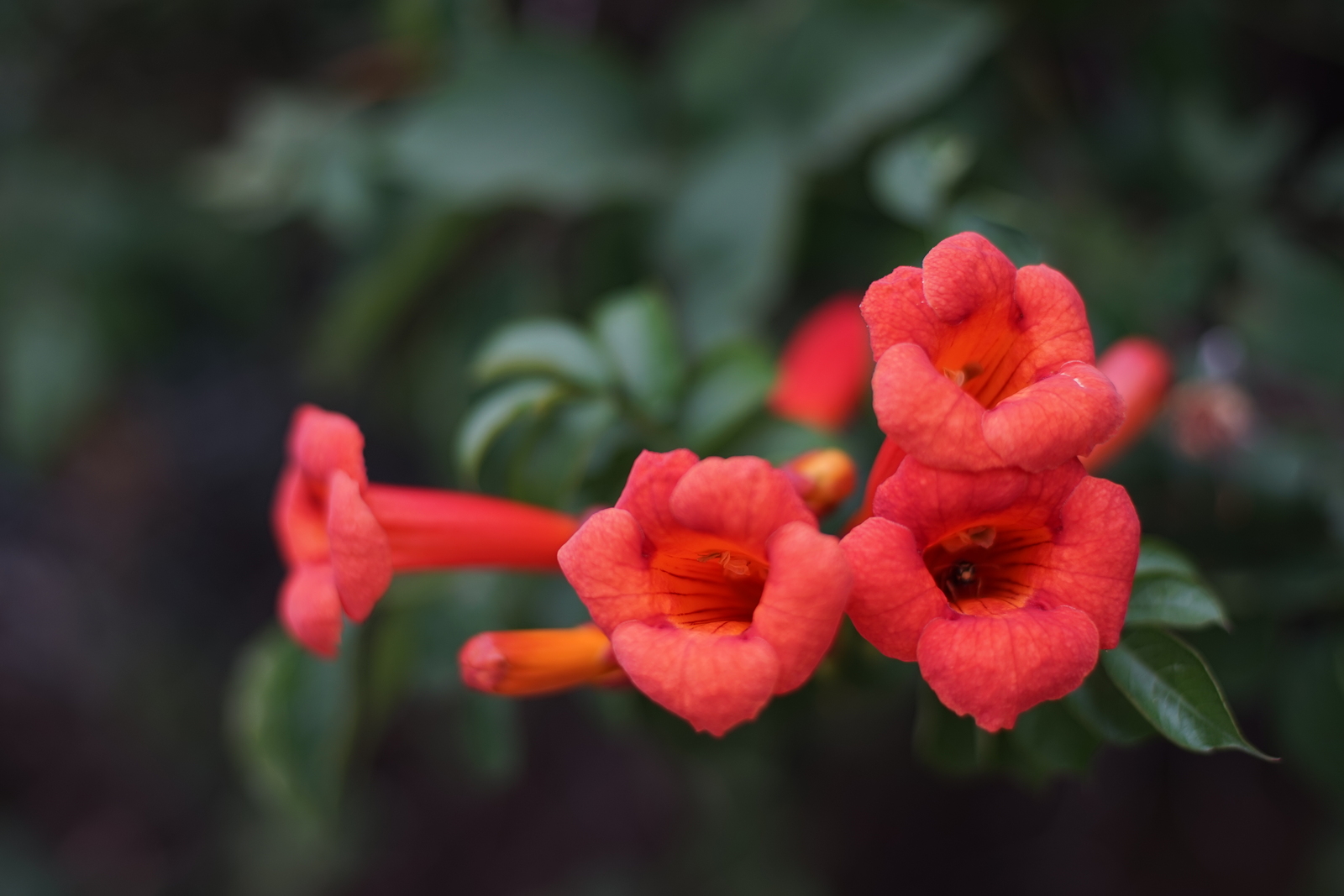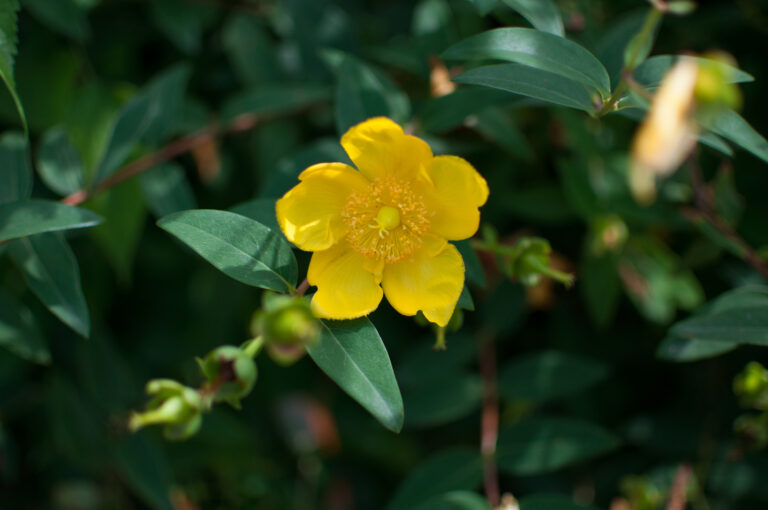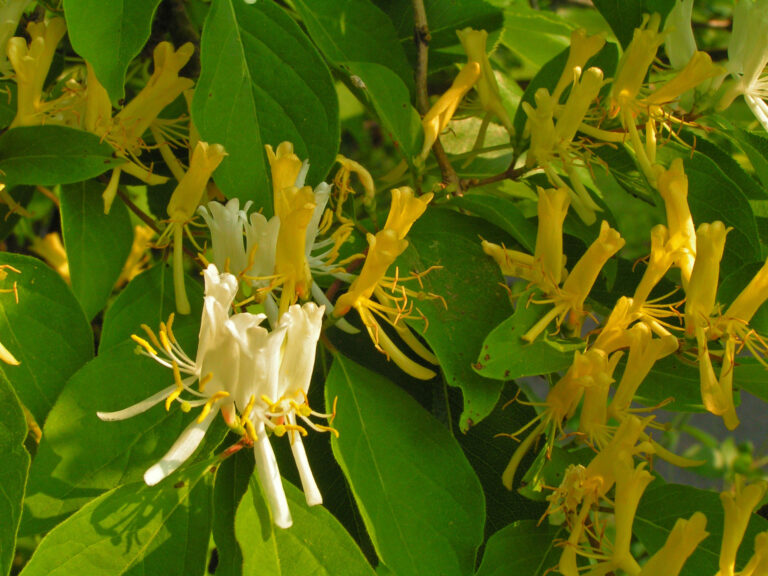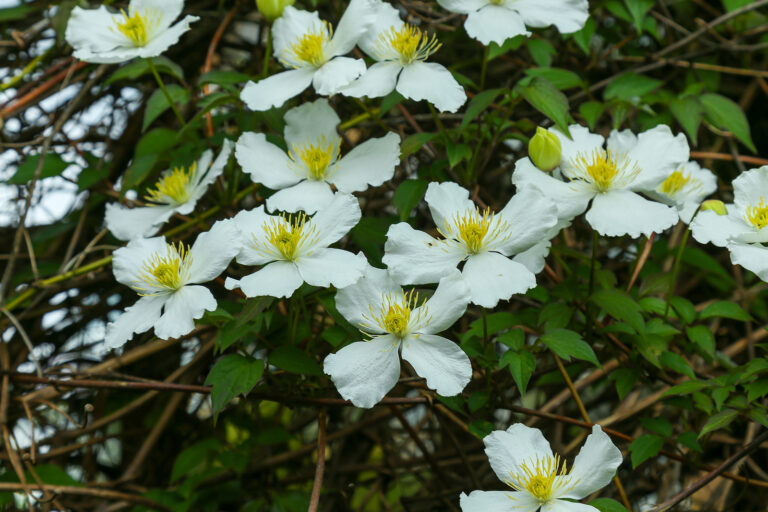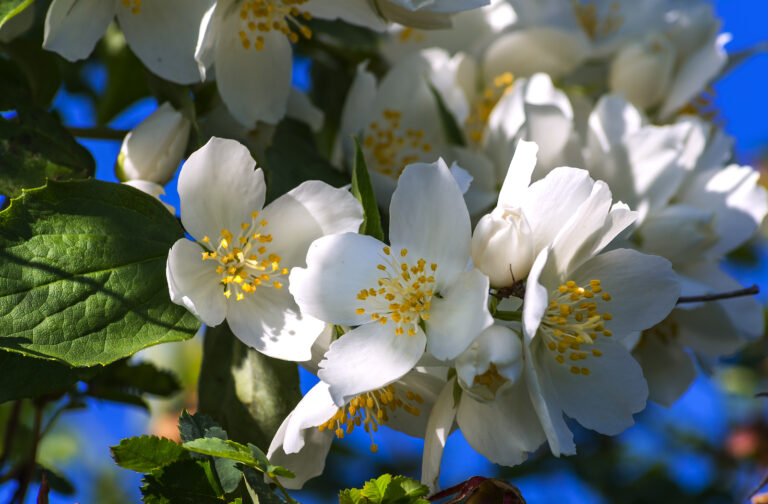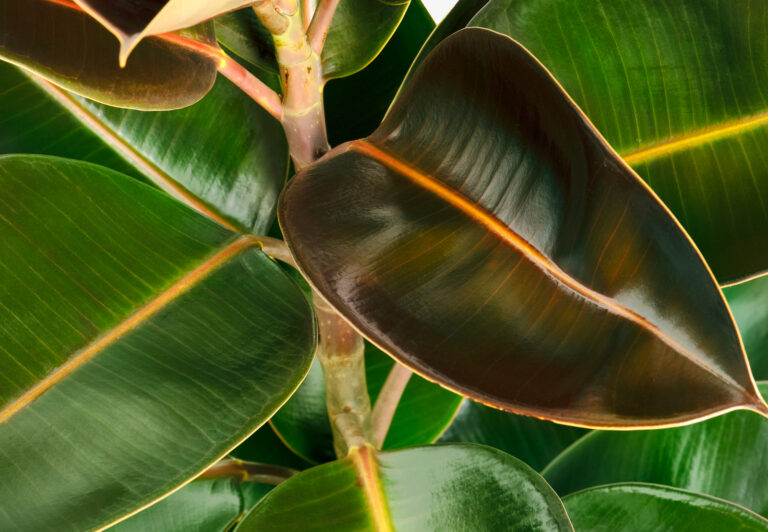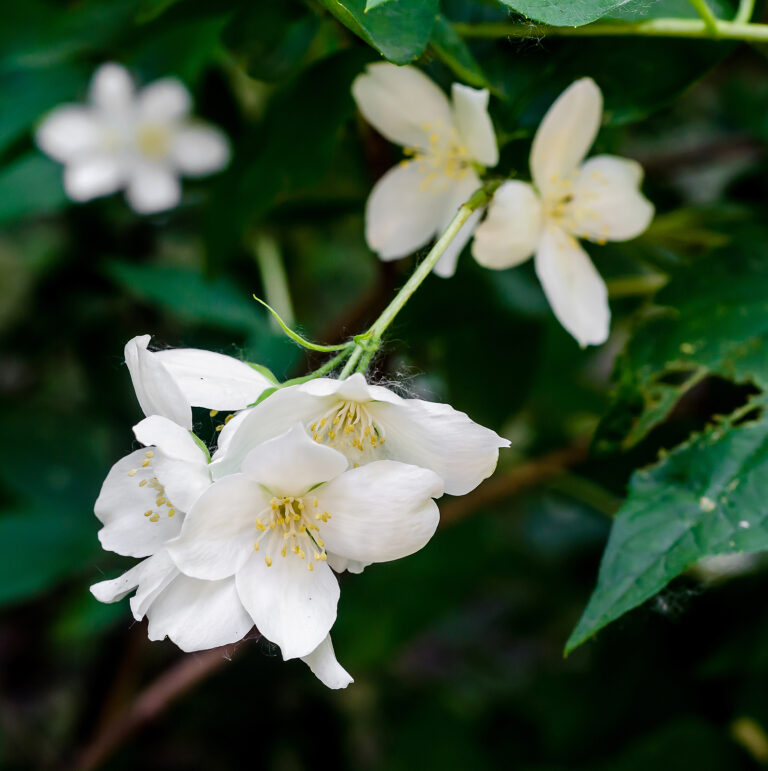How to Grow Campsis — Trumpet Vine
Trumpet vine produces orange or red flowers in summer. Each flower is 2-inches wide and trumpet-shaped; flowers are borne on pendulous, terminal clusters in summer. Leaves are pinnately compound with 7 to 11 leaflets.
Get to know Trumpet Vine
- Plant type: Deciduous summer-blooming vine
- Growing Zones and range: 4-9
- Hardiness: Half-hardy
- Height and width: 20’- 40’ tall; aerial rootlets cling tightly to walls or supports.
- Foliage: Green leaves are pinnately compound with 7 to 11 leaflets.
- Flowers: Red or orange trumpet-shaped flowers in pendulous clusters
- Bloom time: Summer
- Uses: Covers large spaces quickly, attracts hummingbirds
- Botanical name: Campsis radicans
- Common name: Trumpet Vine
Where to plant Trumpet Vine
- Trumpet vine needs full sun for best flowering; the plant will tolerate light shade.
- Grow trumpet vine in average to poor soil.
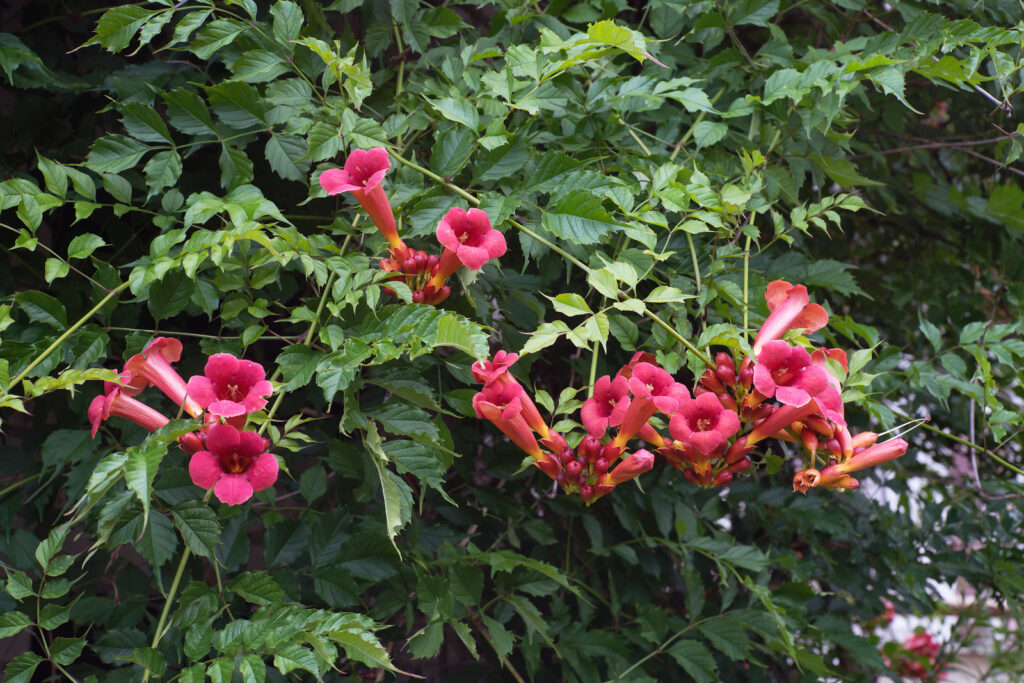
Trumpet vine, Campsis radicans
When to plant Trumpet Vine
- Set trumpet vine in the garden in spring or fall.
Planting and spacing Trumpet Vine
- Space trumpet vine 10 or more feet apart.
- Provide trumpet vine with a heavy arbor or pergola.
- Rootlets can be destructive to masonry and wood.
How to water and feed Trumpet Vine
- Trumpet vine needs ample moisture. Mature plants are drought tolerant.
- Trumpet vines need no extra fertilizer.
Trumpet Vine care
- Mulch around trumpet vine to prevent weeds.
- Trumpet vine blooms on new wood; prune heavily each spring to achieve the best control.
- Cut out suckers as they emerge.
- Trumpet vine is bothered by few pests and diseases.
Trumpet Vine propagation
- Take cutting in sprig to layer.
- Layer vines in fall or spring.
Trumpet Vine varieties to grow
- Campsis grandiflora, Chinese trumpet creeper, grows in Zones 7-11. It is a less rampant grower.

